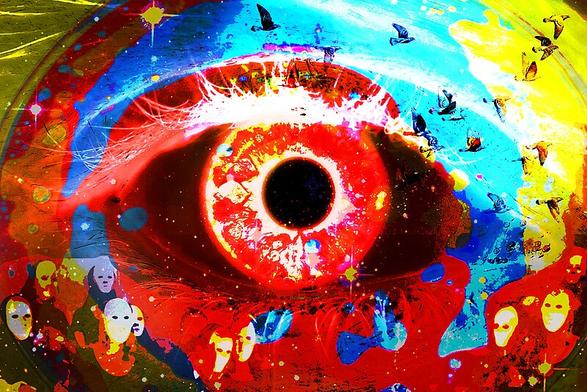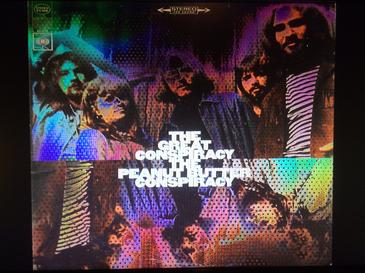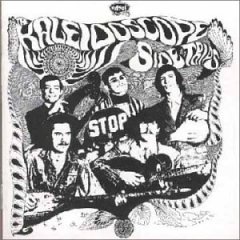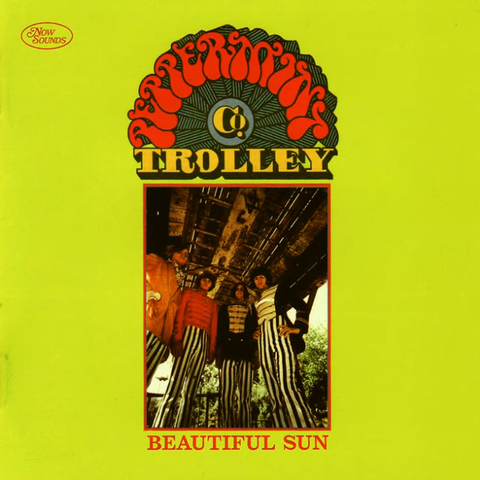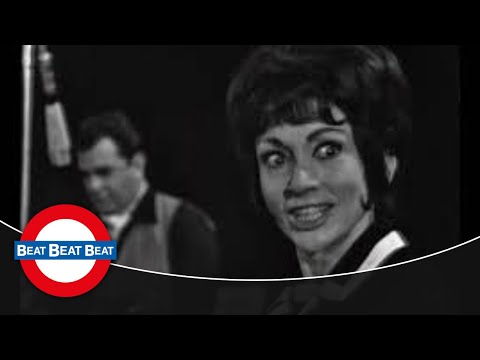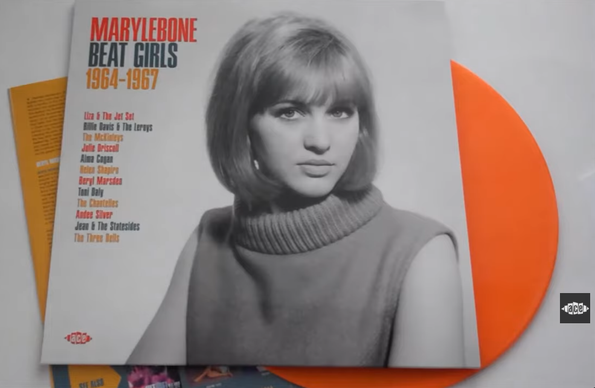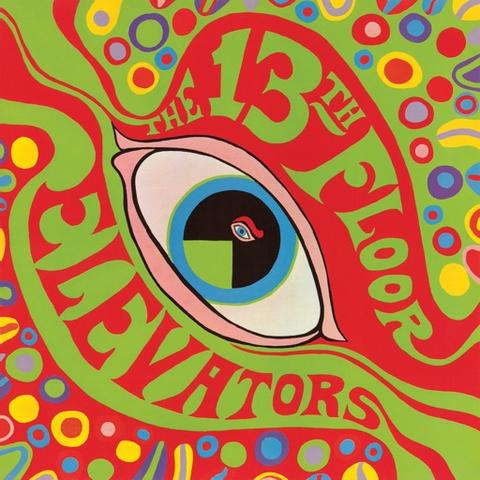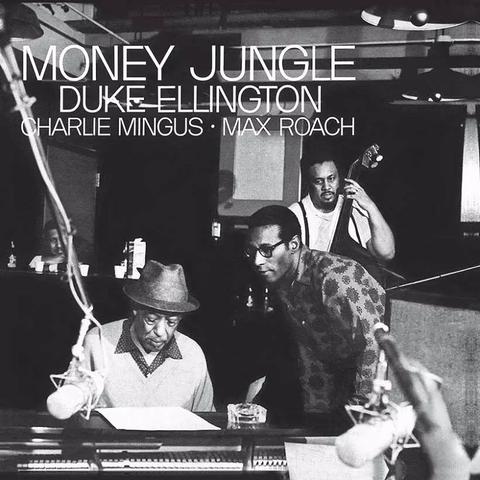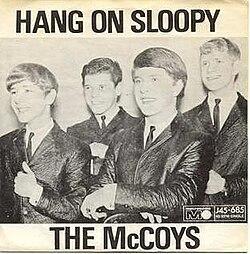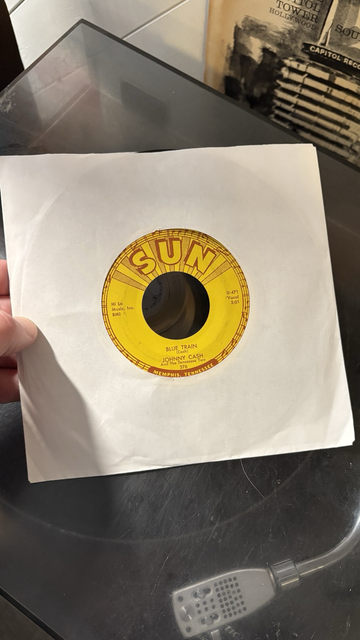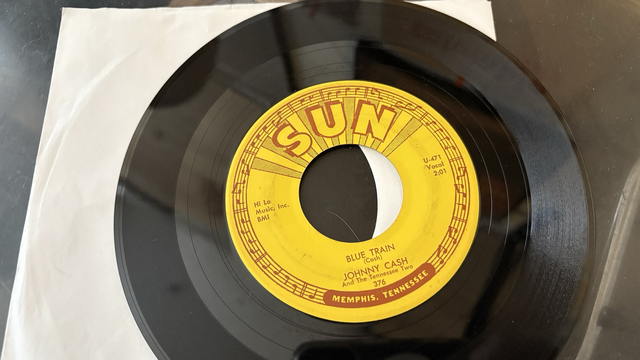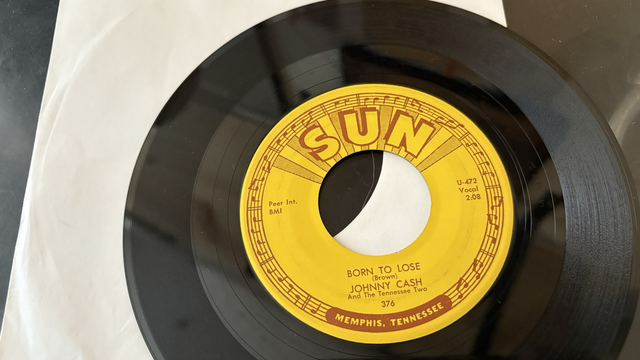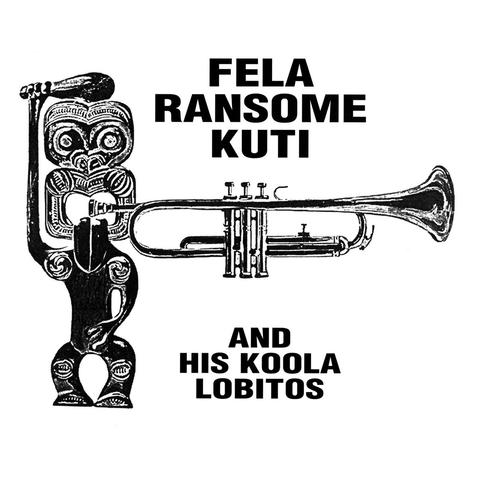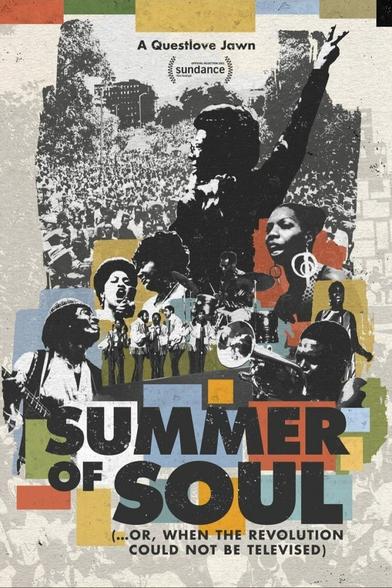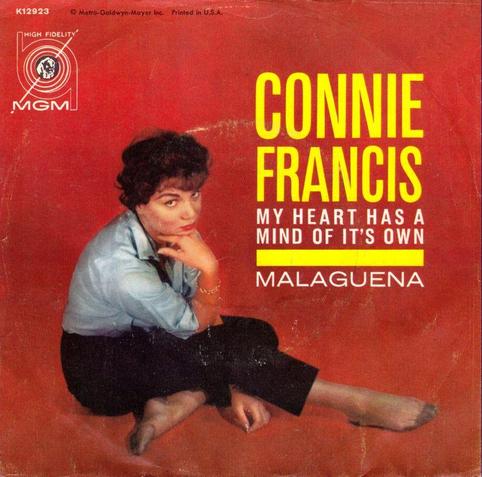20 Great Sixties Psychedelic Pop Songs You Should Hear Right Now
One of the ways great pop music of any era serves culture best is as a snapshot to where society was at the time the music was made. A striking example is the psychedelic pop music that thrived from approximately 1966-1968. This was an historical period where it felt for many people as if the world was at a sociopolitical crossroads—that we could stay on a familiar road, or we could realize that there are other ones to explore that might lead us somewhere new and more meaningful.
Appropriately then, the psych pop-rock genre centers around changes to consciousness as a way to wake up to the world as it truly could be. This was united by a shared thesis that with some imagination, a perception shift, and maybe a pharmacological ingredient or two to help things along, society would come to realize that all is not what it seems, and in the best possible ways.
In celebration of that supreme optimism, here are 20 great obscure psychedelic pop songs you should definitely hear that convey these sentiments best.
***
Turn On a Friend (To The Good Life) by The Peanut Butter Conspiracy
This cut from Los Angeles psych-pop outfit The Peanut Butter Conspiracy’s must have seemed pretty shocking to any uninitiated member of the public. “Turn On a Friend (To the Good Life) from their late-1967 LP The Great Conspiracy doesn’t exactly trade on subtle messaging while it indulges in some pretty far-out raga rock meets folk group harmonies. During times of social upheaval and violence, you can’t blame a band for trying to change a few heads with the help of old-fashioned word-of-mouth.
Listen: Turn On a Friend (To The Good Life)
Keep Your Mind Open by Kaleidoscope
This 1967 cut from American psych band Kaleidoscope that adds Eastern flavour to the Western pop palette contains a distinct anti-war message. This goes along with the patented psychedelic optimism that make it a gem of the genre. The band was an early outfit for notable string-mage and sought-after sideman David Lindley, and not to be confused with the Peter Daltrey-led British band of the same name who were active around the same time.
Listen: Keep Your Mind Open
Reflections (On a Universal Theme) by The Peppermint Trolley Company
This band with a whimsical name (there will be so many more examples of this coming up) is known for laying down the theme song to the 1969 pilot of TV show The Brady Bunch. This song is from their self-titled 1968 record that was renamed Beautiful Sun when it was re-released with bonus tracks in 2009. It’s a lilting harpsichord-driven tune about the sun, the moon, the passage of time, and other evocative imagery, perfectly embodying the spirit of the age with a kind of liturgical and innocent grandeur.
Listen: Reflections (On a Universal Theme)
14 Hour Technicolour Dream by The Syn
London psych-pop outfit The Syn brings us a “14 Hour Technicolour Dream”, an R&B-inflected song concerning those colourful visions that contrast the black and white world of the straights—not a sexual orientation thing, kids, but rather a countercultural tag for those who haven’t “turned on”— also not a sex thing. This outfit was an early band of guitarist Peter Banks and bass player Chris Squire who would both later co-found another band known for its complex musical excursions—Yes.
Listen: 14 Hour Technicolour Dream
Wildflowers by The Holy Mackerel
Featuring none other than pop songwriting giant and original short king Paul Williams (“Rainbow Connection”, “We’ve Only Just Begun”) on lead vocals, The Holy Mackerel’s 1968 psychedelic pop gem “Wildflowers” bears all the hallmarks of the genre. This includes idyllic settings and imagery, phased vocals, sitar matched with Western instruments, and subject matter centred around humanity’s search of greater meaning and transformation through finding beauty in life’s details, William Blake style.
Listen: Wildflowers
Swallow the Sun by The Love Exchange
Another example of the folk-rock strain of psychedelic music in the same vein as The Peanut Butter Conspiracy (who recorded this very song under a different title), Californian outfit The Love Exchange have the prescription needed to get to the next level. Released near the end of 1967, this cut matches a Mamas and the Papas feel with even more countercultural sentiments that were designed to capture the spirit of the times, full of optimism, tunefulness, and a crazy, almost punkish organ part!
Listen: Swallow the Sun
Thing in E by The Savage Resurrection
Although the song bears what appears to be a working title, “Thing in E” by Bay Area psychedelic rock outfit The Savage Resurrection is adorned with a legitimately rocking groove with some appealingly jagged edges. It communicates the strict divide between the worlds of the turned on and that of the straight world; a recurring theme running through the genre. But The Savage Resurrection don’t forget to utterly rock out while they make their point with some Hendrix-style fuzz guitar.
Listen: Thing in E
Shifting Sands by The West Coast Pop Art Experimental Band
Heroes on quests through strange worlds alone is another big theme in psychedelic rock and pop. So is the idea that no one gets where that hero is really at, man. “Shifting Sands” by The West Coast Pop Art Experimental Band showcases both of these themes, with some incendiary and echoey guitar work, all set to a kind of woozy, hypnotic jazz waltz. Drummer John Ware would later work with Monkee and solo artist Michael Nesmith in the First National Band, and also Emmylou Harris’s Hot Band.
Listen: Shifting Sands
I’m Five Years Ahead of My Time by The Third Bardo
Continuing that theme of being outside of the mainstream world and in this case ahead of the times, New York psych-rock outfit The Third Bardo gives the whole narrative an R&B meets raga rock feel. This cut is their sole single, released in 1967. Despite no overt lyrics in the song, perceived drug references didn’t endear it to popular radio play. What did the straights know about being ahead of the curve, anyway? Years later, the song became recognized as a prime slice of Sixties garage punk with lysergic seasoning.
Listen: I’m Five Years Ahead of My Time
Imposters of Life’s Magazine by The Idle Race
Questioning the nature of reality itself and how mainstream society narrowly judges it is another important thread in psych pop. That’s what this 1967 single is from Birmingham, England’s The Idle Race is concerned with, taking on weighty topics with a kind of whimsy-meets-bludgeoning groove, all filtered through a murky atmosphere with just a hint of the Beatlesque to round it off. This latter ingredient would serve frontman Jeff Lynne even more so later on when he co-founded The Electric Light Orchestra by 1970.
Listen: Imposters of Life’s Magazine
Velvet Illusions by The Velvet Illusions
A part of a grand tradition of band theme songs, The Velvet Illusions from Yakima Washington build up a mysterious mood as they introduce themselves to listeners with this 1967 track. They employ a common psych-pop element to the proceedings on this cut; B-Movie science fiction-style sound effects. Weird, distorted textures like this were all a part of the genre’s key set of sounds to lend otherworldly atmospheres, here matched with phased surf guitar and foreboding minor chord mystique.
Listen: Velvet Illusions
Strange Walking Man by Mandrake Paddle Steamer
Notable for its tight harmonies, fuzzy guitar, and distinctly gothic atmospheres, this cut is a phantasmagorical excursion about a break-up with a twist ending. London-based psychedelic rock band Mandrake Paddle Steamer (aka Mandrake) put out this 1969 tune about distorted perceptions in which its narrator meets the strange walking man who mourns the loss of his love, suggesting in the end that the two men are actually versions of each other. Classic psych where all is definitely not what it seems!
Listen: Strange Walking Man
You’ve Gotta Be With Me by The Onyx
This track represents the cornerstone of psychedelic rock that only those who have had a mind-shift of some kind can see the world for what it really is. Cornwall England’s The Onyx convey the idea very well with their 1968 song about what you need to get into all the places and to see the faces – not to mention the ability to feel what you see and touch what you hear. It combines British beat group energy with Beach Boys harmony on a decidedly countercultural call for a perception adjustment.
Listen: You Gotta Be With Me
My Friend Jack by The Smoke
Delving more deeply into psych-rock’s interest in modern chemistry, British outfit The Smoke make no bones about their subject matter. In a song rife with references to sugar lumps, you decide whether they’re singing about drinking tea or not. This 1967 tune’s sonic palette is soaked in signature reverb and echo, and with the common psychedelic trope of the wandering, happy, mad hero who sees more beautiful things than most people, lost in a wonderland of colour and of sound. Far out, man.
Listen: My Friend Jack
Madman Running Through the Fields by Dantalian’s Chariot
Following a common career path among British R&B bands by the late 1960s, Zoot Money’s Big Roll Band morphed into Dantalian’s Chariot by 1967. This cut is their most high-profile in their new incarnation. The subject matter is well within keeping aligned to the genre; a madman who knows more in his insanity than he ever did when he “had so much sane”. The song is distinguished by guitarist Andy Summers‘ distinctive jangle, his membership in The Police a full decade away by this time.
Listen: Madman Running Through the Fields
Dandelion Seeds by July
Full of natural images, London England psych-rock band July contrast the freedom of a seed on the air to the hopelessness of those who are earthbound in this song they released as a single in 1968. This is another psychedelic tune that outlines the divide between one world and another, suggesting the disconnection caused by straight society. Guitarist and singer Tom Newman became a solo artist and producer in the 1970s, working with Mike Oldfield on Tubular Bells, among other releases.
Listen: Dandelion Seeds
Gone is the Sad Man by Timebox
A 1968 single by England’s Timebox, “Gone is the Sad Man” continues in this major theme in psych-pop, particularly in British strains; a childlike sense of wonder and play and the freedom to explore the world with fresh perspectives unsullied by the demands of adult society. This cut from a band that included criminally underexposed guitar hero Ollie Halsall and future Spooky Tooth singer-keyboardist Mike Patto is full of playfulness measured against a subtle social commentary on the staidness of traditional British life.
Listen: Gone is the Sad Man
Hyacinth Threads by The Orange Bicycle
Capturing the experience of a shift in perception, British psych-pop band The Orange Bicycle released this cut in 1967; a keyboard-driven rush of phased pop ear candy that features layers and layers of vocal tracks that seem to range from the joyous to the crazed. This was a pretty long way from their 1959 formation as a skiffle group! Keyboardist Wil Malone would later go on to write the string arrangement for The Verve’s Bittersweet Symphony at the end of the Nineties, among many other projects.
Listen: Hyacinth Threads
Dream Within a Dream by Spirit
Revealing the contemplative and even existential side of psychedelic pop music comes Spirit’s “Dream Within a Dream” featured on their 1968 record The Family That Plays Together. The song conveys a series of images to suggest the limitations of human perception while our mortal coil remains unshuffled off, as it were. As another expression of psychedelic rock’s thesis that the nature of existence is more than what can be seen or reasoned, it offers an appropriately dreamy atmosphere.
Listen: Dream Within a Dream
Turn Me On by Rotary Connection
As if to entirely justify The Peanut Butter Conspiracy’s advice to turn on a friend to the good life, Chicago’s Rotary Connection makes the feeling mutual. Full of sitar, harpsichord, strings, and some unidentifiable discordant elements too, this cut from the band’s self-titled 1968 record is a call to get one’s mind open and world perspective shifted. Bandmember Minnie Riperton would sing of similar themes in her 1970s solo career, although maybe with fewer pharmacological implications.
Listen: Turn Me On
***
The end of the 1960s was not a groovy time, all told. Psychedelic pop and rock music music and the associated counterculture sought an answer to the destruction and unrest that was common in the newspapers and on the evening news by the late 1960s. By the time the jaded 1970s rolled around, that youthful optimism turned to adult criticism. As one songwriter famously put it: the dream is over. But for a while, the music assumed that a new and better world was definitely coming—that everyone would inevitably figure out how to stay groovy forever by replacing war and greed with peace and love just by shifting collective perceptions.
Despite that outcome not coming to pass, the music is still here as a glorious multicoloured time capsule of those hopes. Many of the musicians who made it went on to create music in other genres and eras from prog to punk and beyond that contain a seed of that same source of inspiration. Like they might have said back in those hazy times: it’s all connected, man. It might not change the world. But pop music continues to serve as a soundtrack as we contemplate what might.
For more about psychedelic music and culture, and how it impacted Western culture as a catalyst to social change, in particular from the 1960s until today, check out this 2018 article about one of the prime influences of all of that – LSD – from the BBC.
Enjoy!
#20GreatSongs #60sCounterculture #60sMusic #60sPsychedelia #PsychPop #Psychedelia
